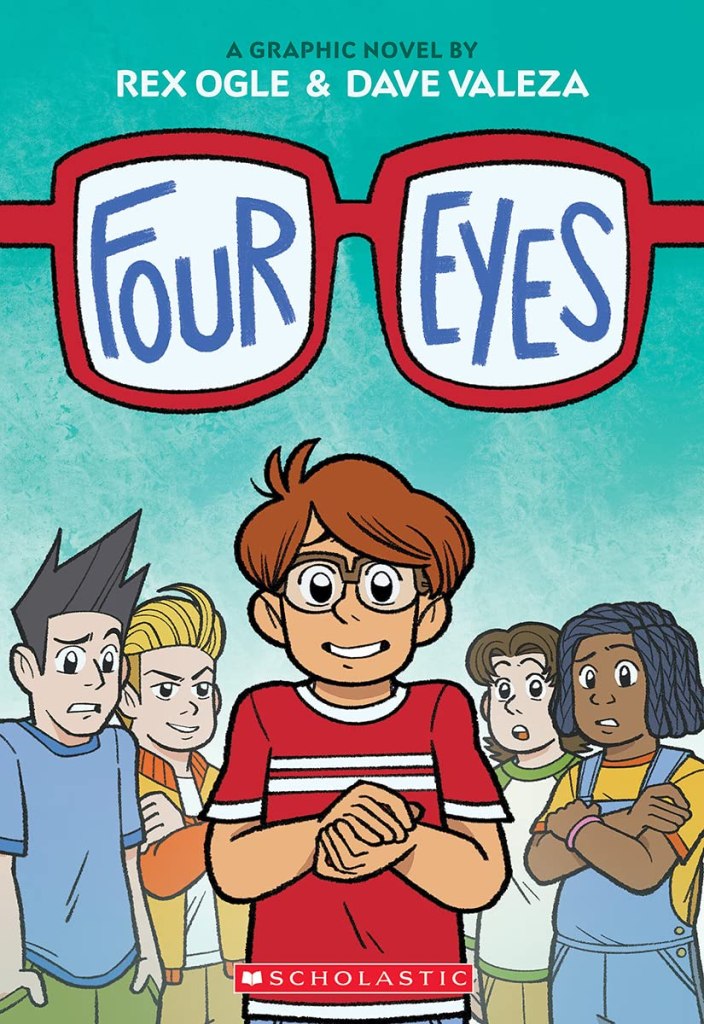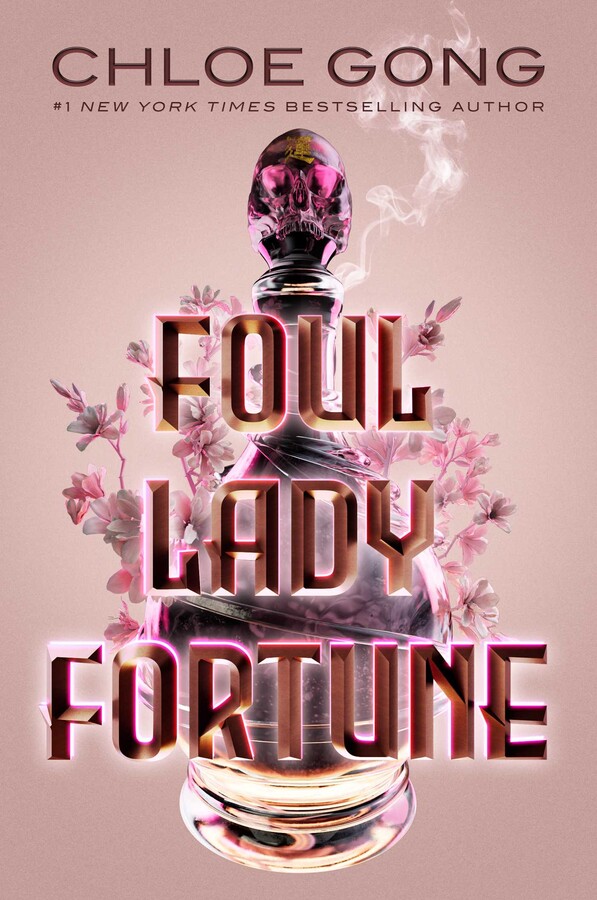Kindling
Chee, Traci
HarperCollins
February 27, 2024
Grades 9-up
Magical elite soldiers must confront their own traumas and identities while banding together to defend a town besieged by raiders. Inspired by Seven Samurai, Chee weaves together the stories of seven kindlings who are desperate for stability and purpose in a world that no longer needs them. Raised from the age of six to be elite weapons in a war of expansion, these kindlings now wander the countryside, but are soon gathered for a mission by one of their own. Initially, each kindling views the defense of Camas—the mountain village terrorized by raiders—as just a job. But as time passes and the soldiers’ lives and pasts show their impact, the group finds solace in one another and grows close. “That’s what home is. The people you love. The people you fight for.” (p. 417) Despite coming from similar backgrounds, each character has their own unique voice, characteristics, vices, fears and desires. One character is nonbinary; the rest are female. Even if they don’t bear the same scars, every kindling recognizes a bit of themselves in their comrades. Though all seven kindlings have point-of-view chapters, the book is written in second-person, which forces the reader to empathize with their harsh reality. These vignettes of grief, trauma and the effects of war are devastating and intensely realistic; Chee paints an unflinching depiction of violence and its effect on children. Interweaving these moments with lighter ones like romance and village camaraderie keeps the book from being bogged down by heavy topics. Action scenes towards the climax of the story are fast-paced and thrilling, but easy to follow. Despite a macabre tone throughout and bittersweet climax, the story ends on a note of newfound hope and optimism. Kindling puts the desperation of existing without guidance, and the challenge of living one’s life for oneself, on display in a way any reader can empathize with.
Guest reviewer Katie Steffensen, is a Dominican University MLIS candidate and works in youth services at a library in the North Chicago suburbs. She loves working with tweens and teens.










